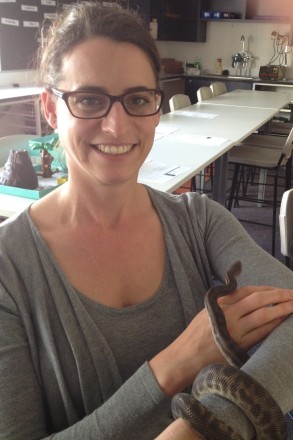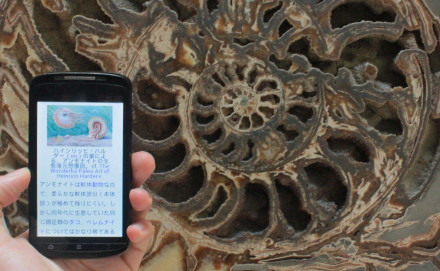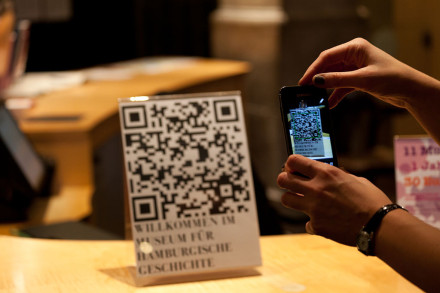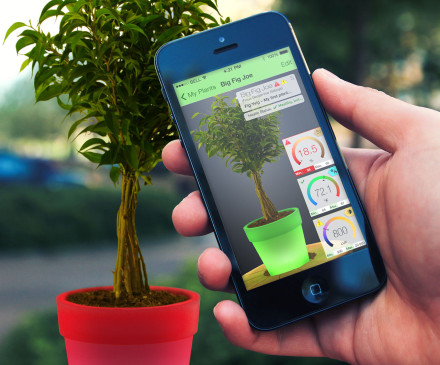I am very appreciative of the Australian Science Communicators for considering me for the Professional Development Grant 2015. The scholarship allowed me to attend the 64th conference of the Australian Science Teachers Association (CONASTA 64), ‘Science: a Kaleidoscope of Wonder and Opportunity.’ As a country high school science teacher I consider myself on the ‘front line’ of science communication. Attempting to engage children, their families and my community in science and searching out real science connections to use in the classroom.
The Science Teachers Association of WA (STAWA) partnered with ASTA and Mercedes College along with major sponsor Curtin University to bring the conference to science teachers in Perth during July this year. STAWA Committee members worked very hard to coordinate a successful conference which showcased the myriad of opportunities for teachers to partner with research and science engagement organisations to enrich the science their students experience in the classroom.
The conference began with an inspiring keynote from Professor Fiona Wood, a plastic and reconstructive surgeon specialising in the field of burn care, trauma and scar reconstruction. Professor Wood relayed to us the best pieces of advice she has received to date from people in her life. She started with her Physics teacher who said to her in high school, “People will think you’re a bit of a twit Fiona, you can do physics but you can’t spell,” highlighting for us the need to be able to communicate science in a clear and engaging way. She spoke of the need to collaborate across disciplines and professions to share expertise and extend our own learning, the need to connect and articulate original ideas, to get together and explore ideas to use our energy and science to make a difference in other peoples’ lives. Professor Wood has heard her own advice repeated back to her by her children; “Opportunities that make you nervous, they’re the ones you go for.” Professor Wood challenged us as science communicators, asking “what is it that you can share that can make a difference?” She not only inspired us to move forward with our engagement of young people with science but reminded us of basic burns first aid to improve healing by 80% (remove clothing and cool the area by running under cold water) so we can spread the word and improve the health of Australians ourselves.
The second keynote presentation by Professor Peter Klinken, Chief Scientist of WA, shared his own insights and those from Professor Ian Chubb, Chief Scientist of Australia, on the future of STEM in Australia. Professor Klinken referred to the Chief Scientists Report 2014, ‘STEM: Australia’s Future’ (1) and Professor Chubb’s ‘Vision for a Science Nation’ (2) paper available this year to highlight the importance of STEM communication. He shared with us that 75% of fastest growing occupations require STEM and asked us, “How do we attract and retain bright people?” Professor Klinken shared his answer with us; we need to support risk taking, entrepreneurship and mentoring and to engage the community in Science. STEM underpins a capable and adaptable economy so scientists need to be able to explain what they it is that they do to the community, through policy makers and the media.
A motivating series of keynote speakers followed over the four mornings of CONASTA. Professor Claus Bolte, Head of Chemistry Education at Freie Universitaet in Berlin, shared his findings on Scientific Literacy while Doctor Kate Trinajstic spoke about her research using advanced technology to learn about ancient lifeforms. Doctor Trinajstic was one of eight female keynote speakers from a total of nineteen keynote presentations with three speakers travelling from overseas to share their research with us. The final speaker, Professor David Lee from Singapore, shared with us the secret to cooking the perfect steak explaining scientifically why a steak is much better if cooked from frozen over low heat and a longer period of time. (Try it! I’ll never attempt to defrost a steak before cooking it again!)
I found a workshop on creating a science mentoring program for primary school teachers led by Kate Fischer and Colin Noy from Brisbane Boys’ College to be very helpful. In my volunteer role as coordinator of the Kalgoorlie Science Teachers Network I am regularly assisting teachers to improve their science knowledge and teaching pedagogy to best engage children with science. Applying a similar mentoring structure in a regional area of Western Australia should greatly improve our ability to attract and retain excellent science communicators to teach in our schools.
Bruce Paton from Earthwatch led a motivating workshop about implementing citizen science in schools and inspiring students by making them scientists. He was assisted by teacher Mady Colquhoun who shared her experience with TeachLive Bush Blitz (3), an amazing initiative taking science teachers out into the field with scientists and engaging their class back home via skype. This has certainly sent me on the hunt for research scientists and citizen science projects I can engage teachers and students in my region with. Doctor Tania Meyer from RiAus shared the creative science communication resources they are producing to engage the community and students with up to date science research (4).
One of the many highlights of CONASTA for me was the excursion to Scitech (5), Western Australia’s answer to Questacon. The behind the scenes tour delivered excitement at every turn. From hearing about the science communication methods of the Aboriginal Outreach Program to witnessing the amazing prototypes produced by the gadgets and electronics team and how we could use them to engage children in science and technology. We met with the Design Manager in the Design Workshop, learning about the robustness required of hands on science exhibits and seeing the scientific method in action in their design and production. This excursion reignited my passion for Community Science Engagement. As a science teacher, my profession is science communication, my true audience is not just limited to my classroom but is the entire community I live in.
CONASTA provided the opportunity to network with other science teachers, research scientists and science communication professionals from across Australia and the world.
My experience of this conference, thanks to the generosity of Australian Science Communicators, was just a very small slice of what was on offer. With so many concurrent workshops and presentations every one of the hundreds of attendees had a unique experience that reinvigorated their approach to engaging their students in science. Keep an eye out for the Science Teachers Association of Queensland (STAQ) who have already started organising the CONASTA 65 ‘Superheros of Science: Unmask your Potential’ (6) for Brisbane in 2016. If you are a science communicator – you need to be involved!
(3.) http://www.bushblitz.org.au/teachlive.php
(4.) http://riaus.org.au/




